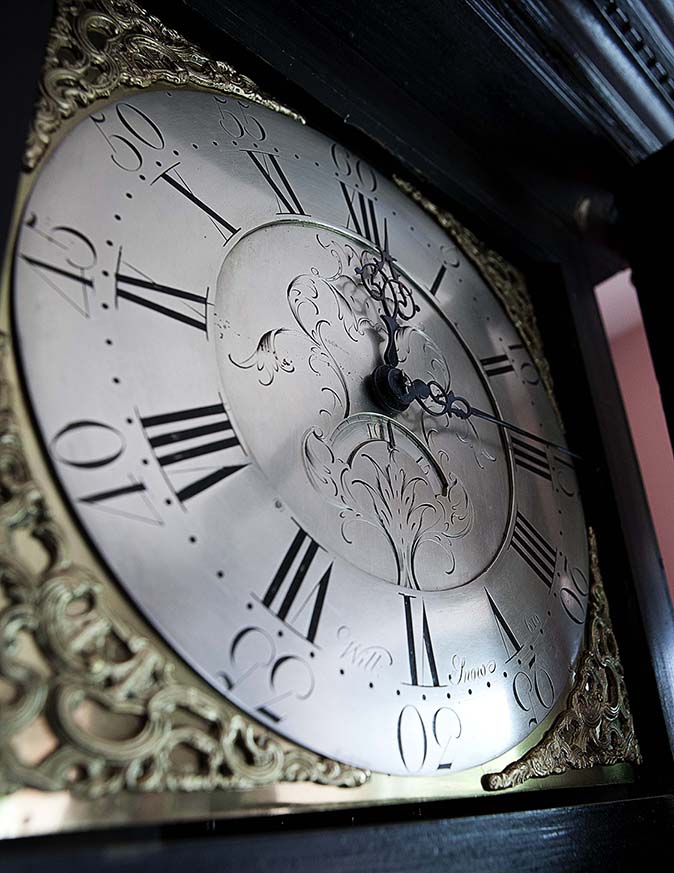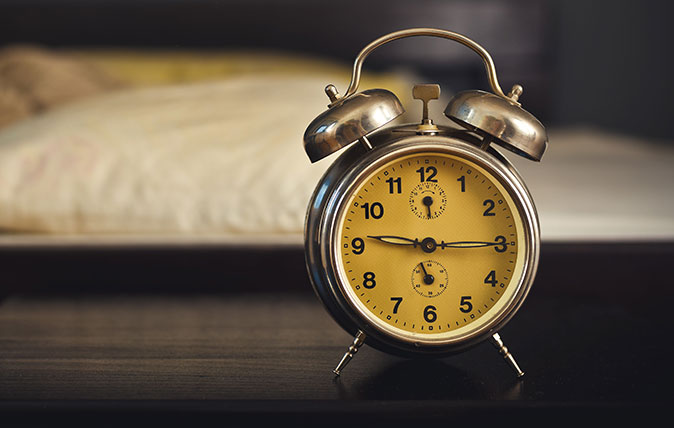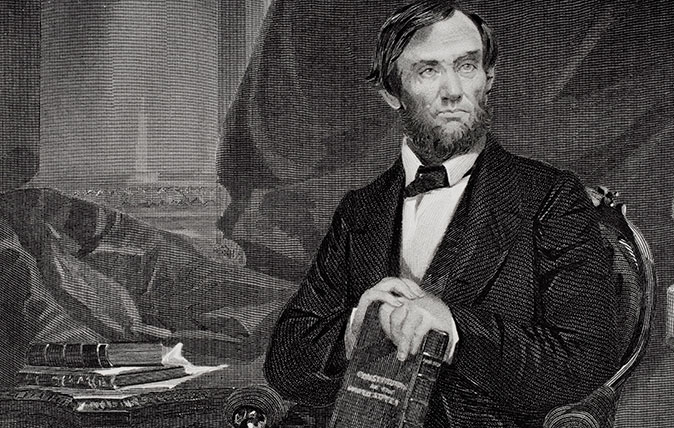Curious Questions: Why do clocks go clockwise?
There's nothing to stop the hands of a clock from running backwards — indeed, some actually do — but the overwhelming majority move, well, clockwise. Martin Fone investigates.


For those of us who still use analogue clocks, the passage of time is marked by a continuous process in which the hands move downwards to the right and then upwards to the left when they reach the bottom of the dial. Clearly, it is beneficial to have standardisation in the way that clocks represent the onward march of time, what we know as clockwise, but why has this direction of travel, I hesitate to deploy the overused cliché but, for once, it is apposite, been adopted as the norm?
The first mechanical clocks did not start appearing in Europe until around the start of the 14th century. Prior to that, if you wanted to know what time it was, or at least get an approximation of the hour, you would need to consult a sundial — an exercise somewhat fraught with frustrations in Britain, I would have thought. At its simplest a sundial consists of a plate and a gnomon, usually a triangular blade, whose purpose is to cast the shadow of the sun. The earliest sundials date from around 1500 BC and were used in Egyptian and Babylonian astronomy.
For those of us who live in the northern hemisphere, we observe the sun rising in the east, reaching its zenith when it is in the south and setting in the west. Tracking its movement on a compass set to magnetic north, the sun will appear to move from right to left. For a sundial to work properly north of the Equator, the point representing noon on the plate must be positioned to the north of the gnomon. What this means is that while the shadow cast by the gnomon reflects the apparent motion of the sun through the sky, it is represented as travelling in the opposite direction, from west through north to east.
"It is fascinating to ponder whether clocks would have moved in the opposite direction had southern hemisphere inventors got there first"
It is argued that people had become accustomed to thinking about time moving from a westerly direction to the east. As mechanical clocks were the new kids on the block and fighting for acceptance, the line of least resistance, it is claimed, was to ape the movement of the sun’s shadow on the sundial both in the way the hands moved and in the order in which the hours were displayed around the perimeter of the clock face. Whilst there is no way to substantiate this, it makes sense.
It is perfectly possible, though, to construct a clock whose mechanism drives the hands in the opposite direction, or anti-clockwise as we would call it. The clock designed by Paolo Uccello in the Duomo in Florence and the clock with Hebrew letters on the Jewish Town Hall in Prague both run anti-clockwise and there was a fad, I seem to recall, for kitchen clocks which moved backwards. But these are relatively rare exceptions to the rule.

The clockwise movement was established as the norm principally because the manufacture and development of clocks was a phenomenon almost exclusively the preserve of countries in the northern hemisphere. By the time countries in the southern hemisphere began to consider designing clocks, their time to impose the way the shadow of the sun appears to move over their skies as the gold standard for clock movement had long passed. It is fascinating to ponder whether clocks would have moved in the opposite direction had they had got there first.
That is not to say that the northern hemispherical hegemony on clock design and movement is being accepted without a fight. In 2014, for example, the new clock fitted on the building housing Bolivia’s national congress in La Paz was fitted with hands which move in an anti-clockwise direction. As their foreign minister, David Choquehuanca, said at the time, ‘we’re in the south and, as we’re trying to recover our identity… our clocks should turn to the left.’
Exquisite houses, the beauty of Nature, and how to get the most from your life, straight to your inbox.

Credit: Alamy
Curious Questions: Why do you wake up just before the alarm goes off?

Credit: Getty
Curious Questions: How did Abraham Lincoln come to be the only US president to hold a patent?
Statesman, lawyer, fearless leader – and part-time inventor. Martin Fone looks at one of Abraham Lincoln's lesser-known talents.
After graduating in Classics from Trinity College Cambridge and a 38 year career in the financial services sector in the City of London, Martin Fone started blogging and writing on a freelance basis as he slipped into retirement. He has developed a fearless passion for investigating the quirks and oddities of life and discovering the answers to questions most of us never even think to ask. A voracious reader, a keen but distinctly amateur gardener, and a gin enthusiast, Martin lives with his wife in Surrey. He has written five books, the latest of which is More Curious Questions.
